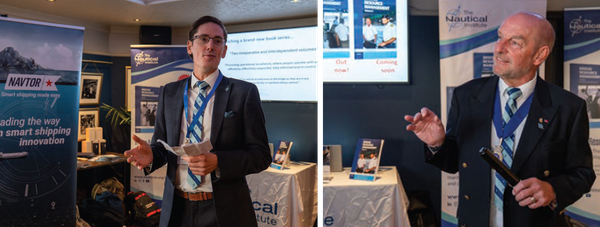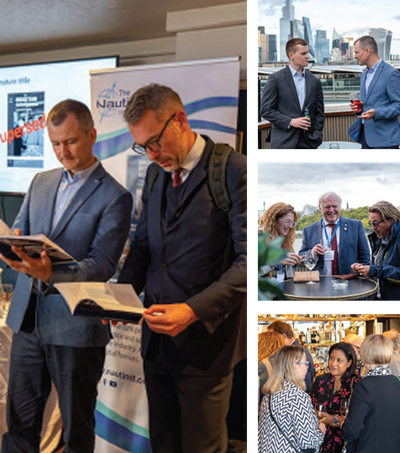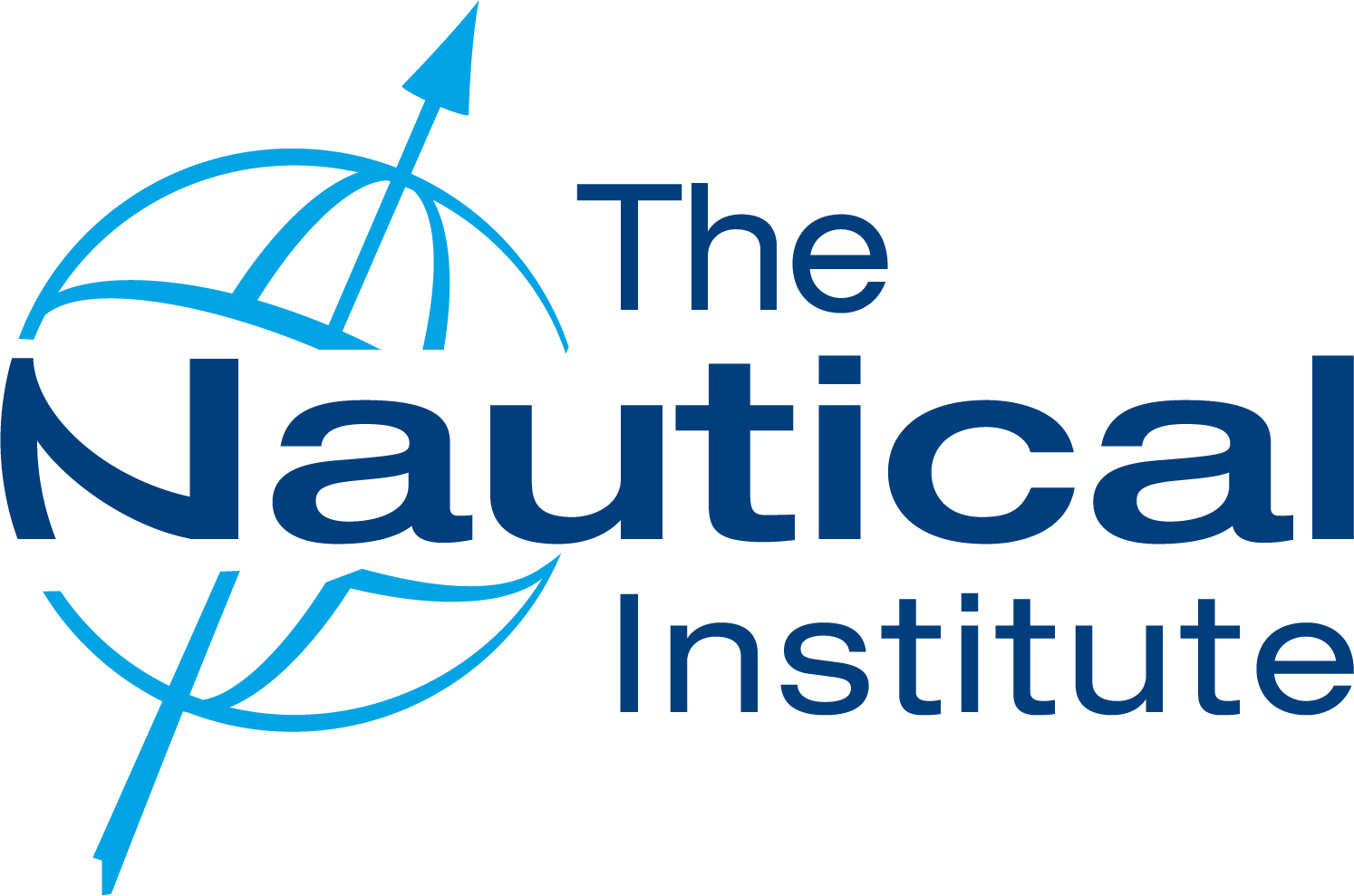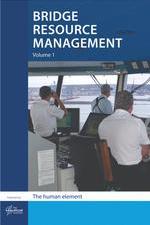Seaways Free Article: Bridge Resource Management
Updating a classic text for today’s world
by Steven Gosling AFNI, Head of Information and Publications
The Nautical Institute’s original Bridge Team Management is one of our best-selling publications, having sold many thousands of copies since its initial publication.
Over the 20 years since the second edition, the principles have remained the same, but our knowledge and experience of putting those techniques into practice has broadened and deepened, even as technical advances on the bridge offer both more information and greater challenges in managing that information. For that reason, it was time to give the classic a complete overhaul. More than three years of work, including multiple authors and peer reviewers, has resulted in the creation of Bridge Resource Management Volume 1, which was launched in late September at the heart of London Shipping Week – with the second to follow soon.
We were delighted to welcome friends and supporters from across the maritime world to celebrate one of our most significant and far-reaching publications.
Focus on the human
This volume concentrates in particular on the human factors aspect of the bridge, although inevitably technical resources and the interaction with them are still very much part of the coverage.
As Stuart Edmonston FNI, Safety & Risk Management Director for Thomas Miller P&I Ltd, writes in the foreword: ‘Good BRM recognises the need for a balance between authority and assertiveness and the dangers of taking either to an extreme.
‘Strong leadership and effective communications are two key components of effective bridge resource management (BRM), even in the smallest of teams, so I am absolutely thrilled to introduce this new publication by The Nautical Institute in which these important factors and others such as situational awareness, team working and human factors are pragmatically explored. You’ll learn about the importance of establishing clear communications, especially when working with different or unfamiliar cultures, to avoid stressful and potentially volatile situations onboard. The authors will also guide you through some of the key considerations to bear in mind when the theory of BRM you’ve been taught becomes daily practice onboard.'

‘The book also analyses the relevance of personal experience and warns against the folly of blissfully accepting ‘top-down’ decisions: newcomers on board can offer fresh perspectives that should never be dismissed without discussion. This approach underlines the importance of holding regular team meetings, for which this book outlines a useful and essential series of tips, encouraging the willingness to ask ‘what if?’ as a tool to combat complacency.
‘If anything, this guide stresses that successful BRM does not rely solely on familiarity with bridge systems and electronic charts. Cultivating the right behaviours and attitude on the bridge is crucial if you want to build a selfassured, professional, respectful and safety-conscious team that can handle the many challenges the sea throws their way.’
What’s inside?
Volume 1 covers the human element and the features of a functional bridge team that enable operational efficiency and excellence, while Volume 2 will address the technical aspects of BRM: voyage (or passage) planning and the management of information, systems and equipment.
Thirteen authors from all sectors of the industry make sure that the widest possible range of applicable experience is covered – from single person bridge operations right up to the large teams operating on modern cruise ships. Technical editor Capt Aly Elsayed explains the process:
‘I was searching for a modern approach based on the nature of BRM itself, encompassing a wide range of technical, operational, interpersonal and decision-making skills. My aim was to find the most appropriate authors to cover the range of topics, and to utilise a combination of modern approaches to engage readers effectively and to share the authors’ expertise in creative ways. Since IMO had approved in 2023 the revised BRM Model Course 1.22, we aligned ourselves with these guidelines, our readers’ needs and the industry’s expectations.
The book is loaded with invaluable knowledge and insights. Each of the five chapters is laden with information that is remarkably practical. The authors’ meticulous research and dedication are evident, because they have curated facts, examples, case studies and analyses that effortlessly engage and educate the reader. Instead of just sharing failures and focusing on accidents, they provide examples of how they have learned from good practices from across the entire marine sector.’


